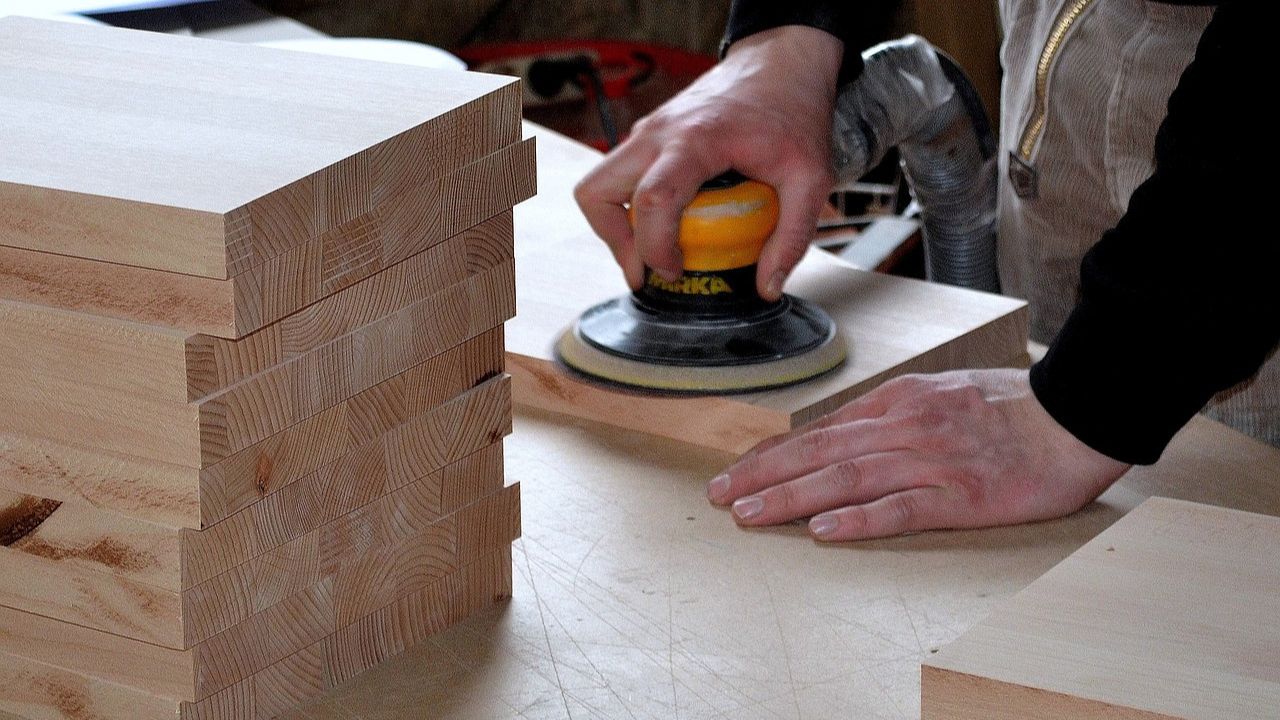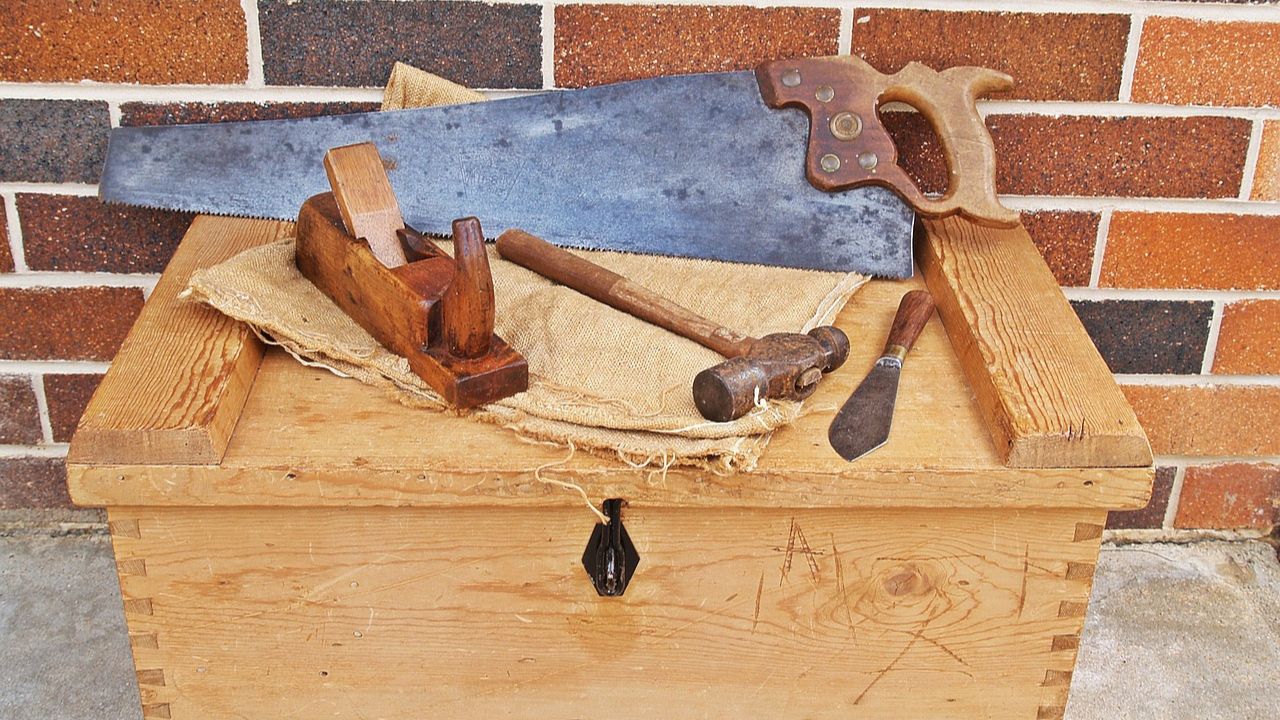How to use a wood lathe? A Beginner’s Guide to Mastering Woodturning
The art of Woodworking is timeless in nature; it is an art which requires creativity, accuracy, and most importantly, skill. Among many gadgets a worker could possess, a wood lathe has become one of the most versatile and important machines that help in making beautiful symmetrical pieces. The aim of this tutorial is to bring you up to speed on everything you should know in using a wood lathe, be you a novice in that field or an accomplished woodworker always aiming for perfection.
The article will walk you through knowledge to confidence in making great projects, starting with understanding the parts of the wood lathe to more advanced techniques. Furthermore, we would also share some tips and tricks helpful in having the most from his or her wood lathe. And if you’re looking for some premium tools that will enhance your woodworking experience, then have a look at this below-mentioned exclusive offer on premium wood lathe accessories.
Take Your Woodworking to the Next Level! Build 16,000 Woodworking Projects With Step-By-Step Plans
Wood Lathe: What is it?
A wood lathe is the machine used in the shaping of wood, at which, depending on the rotation of raw wood along a horizontal axis, a contact will result with a cutting tool on its surface. It represents a means in which wood is able to be worked and can easily produce items that range from simple spindles and bowls to complicated or decorative pieces of work.
A few models of wood lathes range in size from small to large go into different sizes of benchtop or industrial machines; the headstock, however is the tailstock, the tool rest and bed-standardized items on all varieties, understanding them is critical in operating the tool safely and properly.
How to Use a Wood Lathe: Steps

1. Use the Right Lathe
To begin with is the selection of an appropriate wood lathe, which must consider some aspects: length of bed, swing capacity, and horsepower and RPM range. A very ideal model for entrance, considered by many, involves the benchtop model since one will not necessarily need to break the bank; it fits nicely in one’s garage and is quite capable of comfortably making things like pens, bottle stoppers, and small bowls.
Larger projects like furniture legs, table legs among others do call for a full-size lathe, with an extended bed and additional horsepower. Well, if you are one of those tool enthusiasts who plans to upgrade, this exclusive offer will come in handy, answering the call for quality lathes aside from accessories.
Build 16,000 Woodworking Projects With Step-By-Step Plans
2. Know the Parts
Before you start using your wood lathe, take a little time to get familiar with some of the important parts:
- Headstock: This is where the motor and spindle that will spin your work are located.
- Tailstock: This holds the opposite end of your workpiece and is usually in for length.
- Tool Rest: Something for your cutting tools to rest against.
- Bed: The horizontal beam that connects the headstock and the tailstock.
3. Choose Your Tools
These are gouges, scrapers, parting tools, and skew chisels. Each has a preferred operation where, and hence a proper selection of which one to be applied should be opted for. A roughing gouge will do quite well on raw wood for shaping purposes whereas on the finishes the skew chisels shall yield a smooth one.
4. Prepare Your Wood
Select the proper wood for the operation. Beginners should start with softwoods such as pine or fir because they are the easiest to turn. Look for cracks in the wood or loose knots either of which will likely cause a workpiece to break during a turning operation. Square the stock and cut to length. Mount the stock on the lathe.
5. Mount the Work
Mark the center of each end of your wood and install it between the lathe centers. Use the tailstock to push in and to make sure it is securely fastened to hold the workpiece. Put the tool rest parallel to the workpiece, and about 3/4 inch away.
6. Start Turning
Start off with minimum speed and increase with comfort. Start making shapes into the wood by taking very light passes so the material will fall away consistently with a roughing gouge. Keep tools sharp; firmly hold to prevent accidents, safety.
7. Smooth and Finish
When the desired shape is achieved, increase the lathe speed and move on to finer tools to make it smooth. Sand the job while it is still turning to give a fine finish. Wood finish should be applied such as oil or varnish in order to protect and add beauty to your job.
Take Your Woodworking to the Next Level! Build 16,000 Woodworking Projects With Step-By-Step Plans
Advanced Wood Lathe Techniques

1. Segmented Turning
Segmented turning is like gluing pieces together in small portions in order to make an intricate pattern or design. That does open possibilities to play with colors and grain patterns that sometimes get a very unique and beautiful result.
2. Hollowing
Hollowing refers to the making of hollow forms such as bowls and vases. This operation involves special tools including hollowing gouges and scrapers, and is undertaken with much care to prevent damage to the workpiece.
3. Texturing and Embellishments
Adding Texture Give your work some character and depth with the use of the texturing techniques. With the aid of some spiraling attachments or chatter tools, you can give the wood some really unique textures. Alternatively, try inlays, burnishing, or coloring of any type for added eye candy.
Operating Your Wood Lathe Safely
- Safety Equipment: Wear proper eyewear including safety glasses, a face shield, and ears protection from all the noise.
- Clean Up Your Workspace: The floor should be free from wood shavings and all other kinds of debris to avoid an accident; have a safe workplace.
- Take Care of Your Tools: All your steel tools must be checked for chips, crack, or broken handle before using them. A dull tool is dangerous; sharpen steel tools often.
- Start at Low Speeds: It is always prudent to start with the lowest speed and increase it to whatever needed. This will prevent accidents and be in full control.
- Proper Technique: Always hold your tool securely and maintain a stable stance. Never force a tool into the workpiece, or it may result in kickback or breakage.
16,000 Woodworking Projects With Step-By-Step Plans
Common Wood Lathe Projects
- Bowls: From simple functional to the most complicated decorative, bowls are among the most popular projects with woodturners.
- Pens: Small and quick to make, pens are a very good first project for the beginner.
- Candlesticks: Turn spindles and add your decorative details for some really elegant candlesticks.
- Vases: Vases, and other hollow forms, offer an opportunity to experiment with shape and texture.
- Furniture Legs: Manufacture customized furniture legs for chairs, tables, and other pieces of furniture.
Conclusion
The turning job with the lathe of wood is really rewarding as it takes that raw piece of wood and makes such a wonderful piece of something serving. Further from this, you would be going that extra mile in mastering how to use a lathe when it comes to the art of wood turning. Observe the safety and always put it into practice, investing decently to perfect your experience in the art of turning the wood.
Take Your Woodworking to the Next Level! Build 16,000 Woodworking Projects With Step-By-Step Plans
Can You Make Money Selling Woodworking Projects?
What Woodworking Project is Most Profitable?
How to Make Money Fast with Woodworking?
What is the Highest Paid Woodworker?
Is Woodworking a Good Business to Start
What is the Best Platform to Sell Woodworking Projects?
How to Sell Wooden Items Online?
Woodworking Related Topics And Tags: How to use a wood lathe, woodturning for beginners, wood lathe guide, woodworking tips, wood lathe projects, Wood lathe basics, woodturning techniques, beginner wood lathe guide, woodworking tools, wood lathe safety, Wood lathe operation, advanced woodturning, wood lathe safety tips, woodworking projects, wood lathe accessories, Wood lathe for beginners, woodturning mastery, wood lathe techniques, DIY woodworking, wood lathe tools
